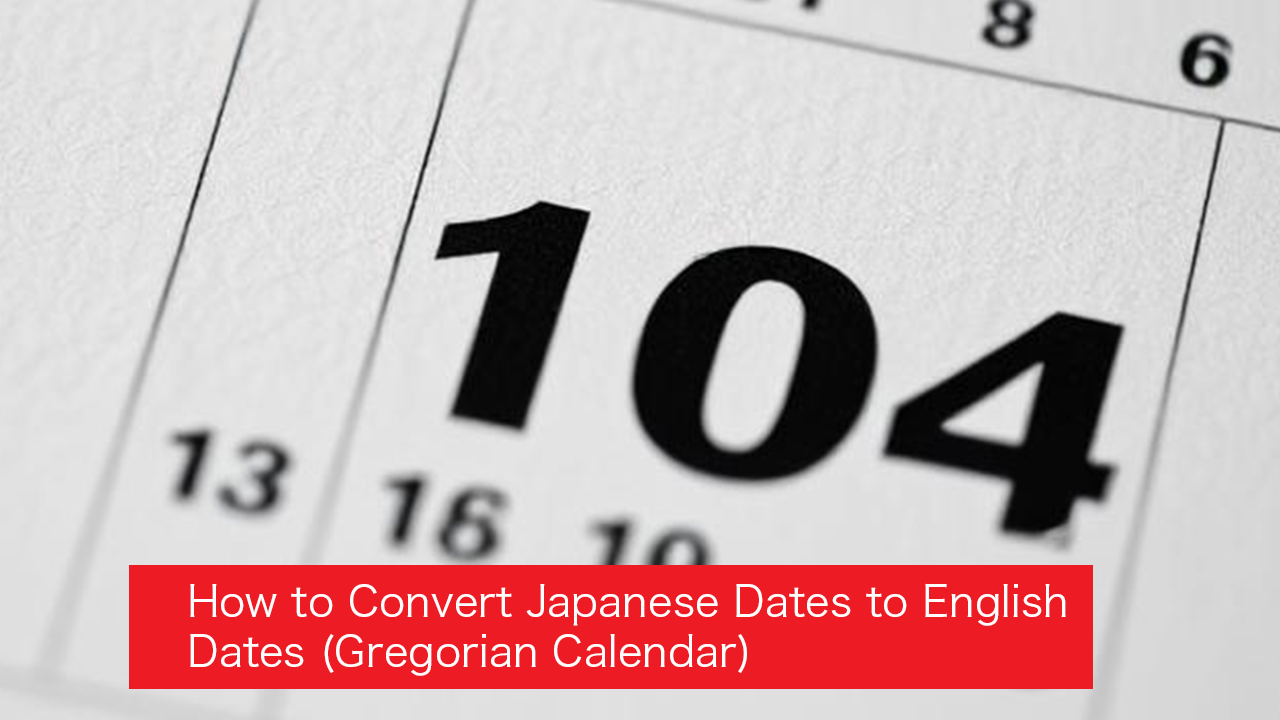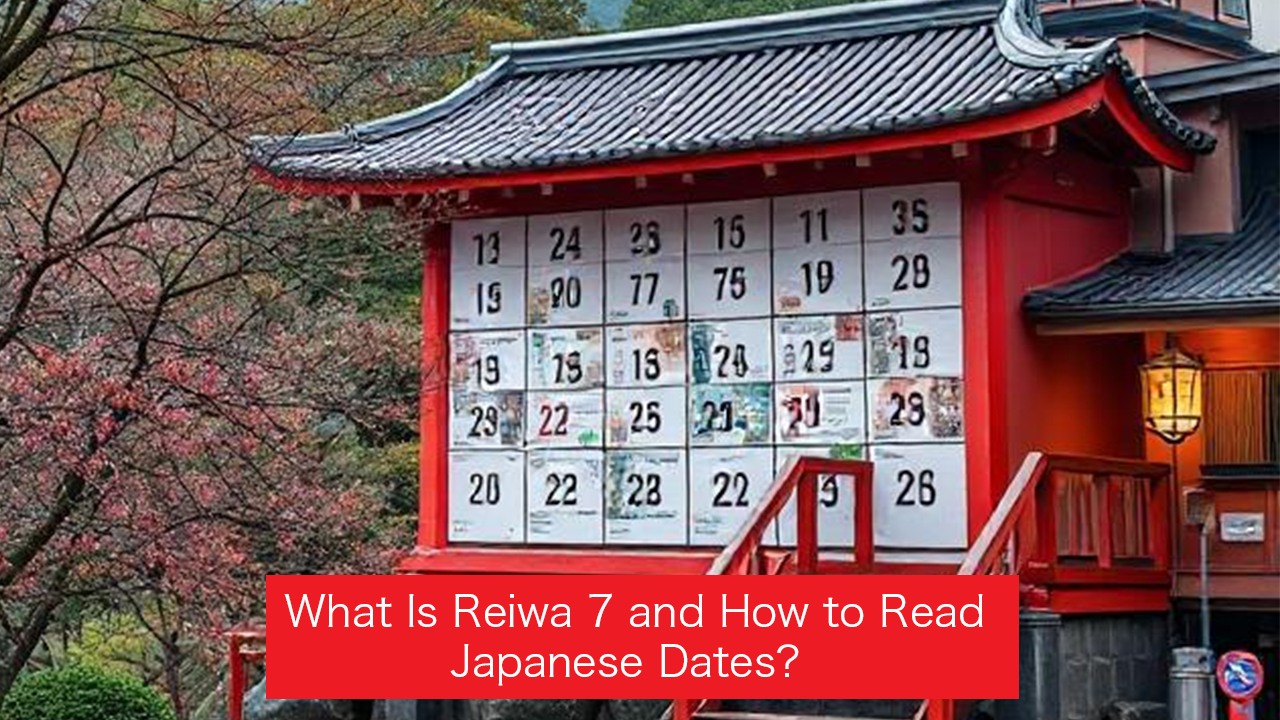Japan has its own traditional way of expressing dates that can be confusing if you’re used to the Western (Gregorian) calendar. If you’ve ever looked at a Japanese form, government document, or historical reference and thought, “What year is Reiwa 6?”, then this post is for you.
📌 Japanese Calendar: Era-Based System (年号, Nengō)
Japan uses a dual dating system:
- The Gregorian calendar (the one used internationally),
- And the Japanese era system (和暦, Wareki), which is based on the reign of the current emperor.
Each emperor’s reign marks a new era. Years are then counted from the beginning of that era.
Current and recent eras:
| Era Name | Kanji | Romanized | Gregorian Start |
|---|---|---|---|
| Reiwa | 令和 | Reiwa | 2019 (May 1) |
| Heisei | 平成 | Heisei | 1989 (Jan 8) |
| Shōwa | 昭和 | Showa | 1926 (Dec 25) |
| Taishō | 大正 | Taisho | 1912 (Jul 30) |
| Meiji | 明治 | Meiji | 1868 (Jan 25) |
🧠 Conversion Formula
To convert a Japanese date to a Western one:
Gregorian Year = Era Start Year – 1 + Japanese Era Year
Examples:
- Reiwa 6 = 2019 – 1 + 6 = 2024
- Heisei 30 = 1989 – 1 + 30 = 2018
- Showa 45 = 1926 – 1 + 45 = 1970
💡 Note: Subtracting 1 accounts for the first year of the era being year “1,” not “0.”
🧾 Example: Japanese Date on a Document
令和6年4月2日
Breakdown:
- 令和6年 = Reiwa year 6 → 2019 – 1 + 6 = 2024
- 4月 = April
- 2日 = 2nd
✅ Final Answer: April 2, 2024
🔁 Convert English Dates to Japanese Dates
To reverse the process:
- If the year is 2023 → Reiwa started in 2019 → 2023 – 2019 + 1 = Reiwa 5
Example:
March 10, 2023 → 令和5年3月10日
🛠 Bonus: Tools & Resources
If you don’t want to calculate manually every time, try:
- Japan’s Official Date Converter (JIS)
- Google Translate (often shows both formats)
- Japanese government sites often display both dates
🧳 Why It Matters
If you’re:
- Filling out visa forms
- Applying for jobs or schools in Japan
- Researching history
- Reading manga or watching anime with timelines
…understanding this system will save you a ton of confusion.
✍️ Final Thoughts
The Japanese date system might feel old-school, but it’s still widely used in official and cultural settings. Once you understand the era names and how to do the math, it’s actually pretty simple.
Got a Japanese date you’re trying to convert? Drop it in the comments!

